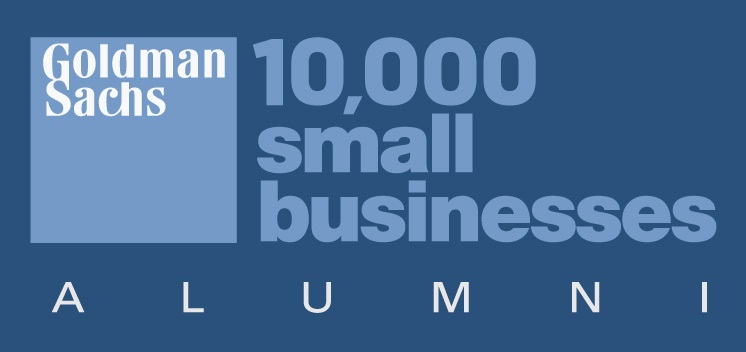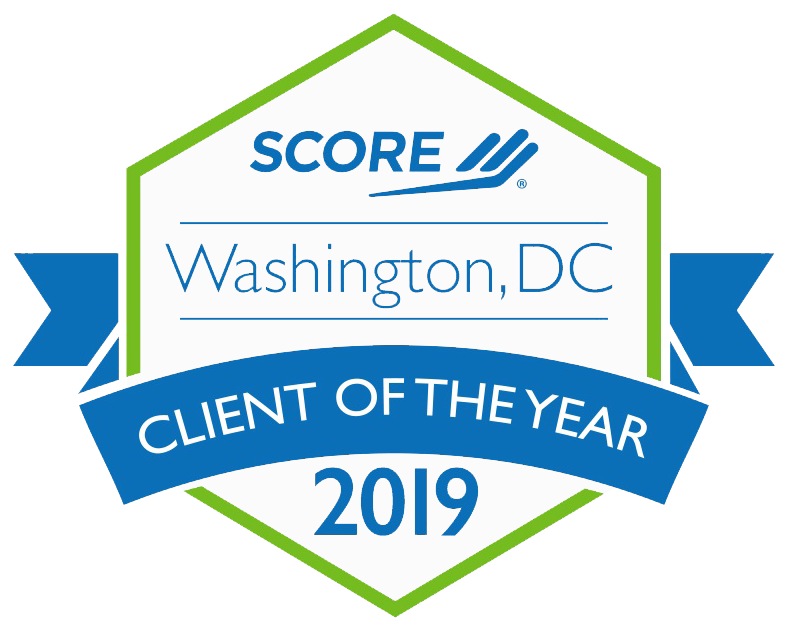When nonprofits first start the grant writing process, it can feel incredibly intimidating. We want to make it as easy as possible for you, so we’ve put together five grant writing myths that nonprofits shouldn’t believe.

Encouraging your team to read through these myths and then jump into the grant writing world without hesitation can result in unique grants that fit your organization’s mission and vision.
1. You have to apply to every grant possible
Sending out twenty proposals a week, contacting every funder and foundation you can find, and using stock proposals can definitely hurt you in the long run – as well as burn your whole team out.
When it comes to writing grants, we encourage you to focus on quality over quantity. Making your grant proposal unique to the potential funder and tailoring it to your request will help your grant proposal stand out over others. Additionally, it will show that you’ve done your research and understand the organization you’re sending your proposal to.
2. You can spend the money however you want
This is a common mistake that nonprofits sometimes make in their early days. However you propose to spend the grant money in the budget plan originally approved by funders is how you’re required to spend it. Not only will you lose your funders’ trust if you spend the money differently, but you could potentially lose out on grants in the future.
It is important to list out exactly what you plan to use the grant money for. Once you get approved, you should set goals for your organization and keep track of the results so that you can report back to your funders. Evaluate these goals with your funders in case you need to go through another round of funding with them.
Keeping them in the loop is very important for your relationship with individual funders as well as your reputation in the nonprofit world.
3. It is hard to get a grant during tough times
In the past year, a lot of nonprofits have worried about having a harder time than usual winning grants. Yes, funding comes and goes, especially when something takes a toll on the economy like the pandemic has in the past year. However, some foundations are uniquely equipped to step up during this time of need.
Remember, it takes time to receive grants, but don’t let the economy or politics keep you from going after goals you have set for your nonprofit!
4. Send your proposal and you are good to go
It is important to network with the funders, spend time researching about them, make sure your proposal perfectly explains what you are looking for and then create a relationship with your potential funders. Simply sending in a proposal without a follow-up or clear understanding of the foundation itself doesn’t give you your best shot at winning the grant. Remember, long-term relationships are built on the small gestures made from the beginning.
We also encourage you to use your network. See if anyone on your team knows someone in their circle. Personal connections can make the “getting-to-know-you” process much smoother and more comfortable for both parties.
5. Grant writing is hard and it costs a lot to hire a grant writer
If you have never written a grant, the thought of putting a proposal together can definitely be intimidating. But don’t let it scare you. Start simple and take a look at examples of successful grant proposals from other nonprofits. Many foundations even recommend sending a letter of inquiry (LOI) before sending an entire proposal so you can establish a relationship with potential funders. This often creates a quicker process for both parties, as well.
Looking for help with your grant writing or prefer to outsource the process? It may be a great idea to hire a professional writer. RBW Strategy can help you write grants and teach you the ins and outs of grant writing to help you win dollars in the future.
Looking to learn more? Contact us today!





